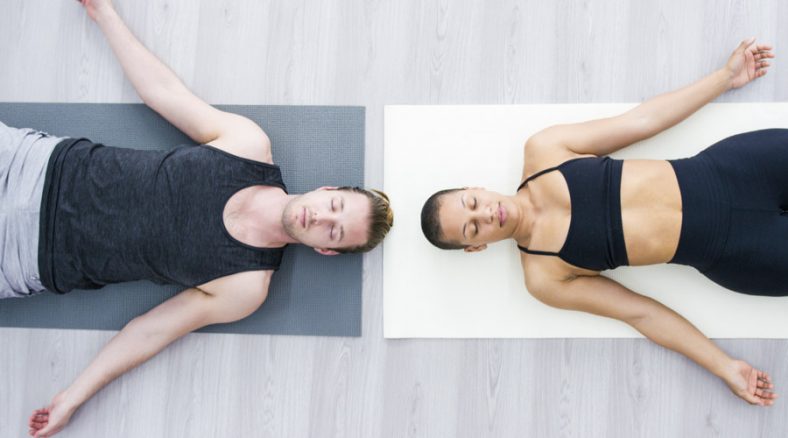Breathing seems like an automatic thing. Most of us don’t pay much attention to our breath. However, unless you are an anaerobic microbe dwelling at the bottom of the Mariana Trench, oxygenation and breathing are at the very core of our life and wellness.
The recent health concerns connected with COVID-19 have highlighted the focus on breath work, as shortness of breath and tightness in the chest can be one of the symptoms of coronavirus. There are other physical and mental conditions and habits that can affect breath quality as well—air pollution, allergens, colds and sinus congestion, chronic conditions like asthma, and stress. Anxiety can lead to shallower breathing, called hyperventilation, leading to less oxygen and shallower breaths. The brain in return can interpret this shortness of breath as a reason to panic, creating a vicious cycle. Similarly, proper breathing and oxygenation can induce a feeling of calm and restfulness.
So what can you do to make sure your brain, blood, and muscles are appropriately oxygenated? Take these simple steps.

Enhance Your Inside Air
- Reduce indoor air pollution as much as possible. This can be as simply as opening windows to allow for improved ventilation, though if you have issues with pollen, this may not be possible.
- Smoking in the home anywhere is an absolute no-no and one of the greatest impediments to healthy breathing. If you smoke, stop!
- Carpeting can trap pollution. If you wish to have carpeting, make sure to vacuum regularly.
- Get an indoor air filter with a HEPA filter.
- Grow indoor plants—plants are natural pollution filters.
- Pets can reduce stress and anxiety – but pet fur and dander can also set off allergies. If you have furred pets, brush and wash them on a regular basis.

Support Your Breath with Exercise
While breathing is an automatic function, there are ways to make the work easier for your lungs.
- Support better posture. A stronger upper body and good posture will help keep airways clear. Weightlifting and resistance exercises that toughen the back, chest, and shoulder muscles help support the lungs. Better posture, through methods such as massage and balance exercises, will also help lung function.
- Breath through your nose where possible. Nasal breathing helps the body release more oxygen into the blood, according to recent studies. The body also associates nasal breathing with calm and mouth breathing with stress—and if your brain thinks you are less stressed, then you are.
- Is your nose stuffed up? One study indicates that nasal breathing exercises may be as effective in restoring clear breathing as medication.
- One simple nasal breathing exercise is to keep your mouth closed and to practice alternating nostrils. Mindfulness meditation is also often a good way to focus on healthy breath.
- Some basic yoga poses are also helpful in clearing airways. The classic cat-cow pose, inhaling into cow and exhaling into cat, is excellent for breath support, as is the simple yoga pose shavasana—lying flat on your back. For best results, lie on a mat on the floor instead of a softer surface, like a couch or bed.

Eat & Drink to Feed Your Lungs
- First and foremost, drink lots and lots of water. The lungs are 80% water, and water consumption helps thin out any mucus clogging the lungs.
- Apples and tomatoes may contain compounds that support lung health and minimize lung damage, according to a Johns Hopkins study.
- Science confirms that hot liquids can ease lung congestion—the classic is hot chicken soup, but also consider hot tea. Ginger tea, for example, may include additional anti-inflammatory punch.
Take a deep breath—you’ve got this! Stay well and enjoy the extra oxygen.
Marcy is the SVP of People and Communications at Zeel. In addition to overseeing the humans of Zeel, Marcy has written about workplace topics for more than 20 years both at Zeel and as VP of Content for Vault.com, a career information web site and publisher.







